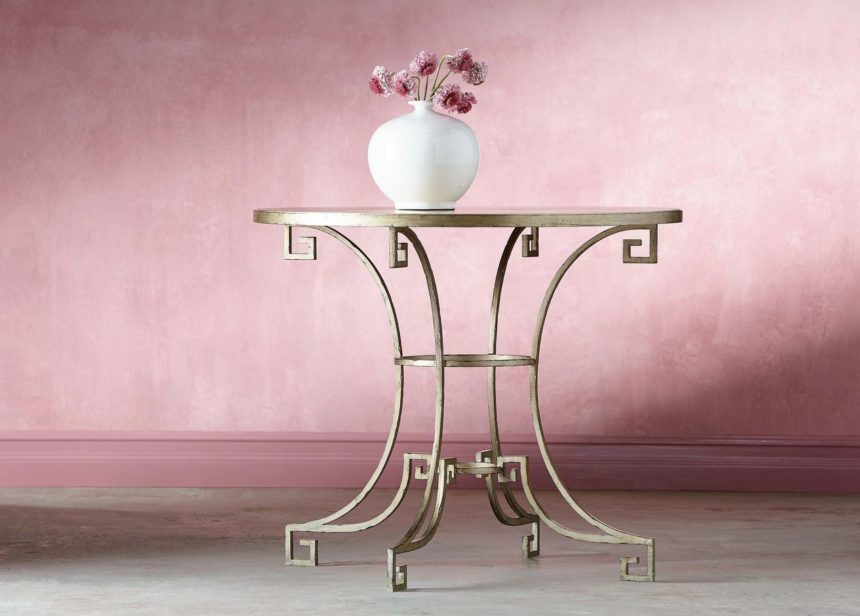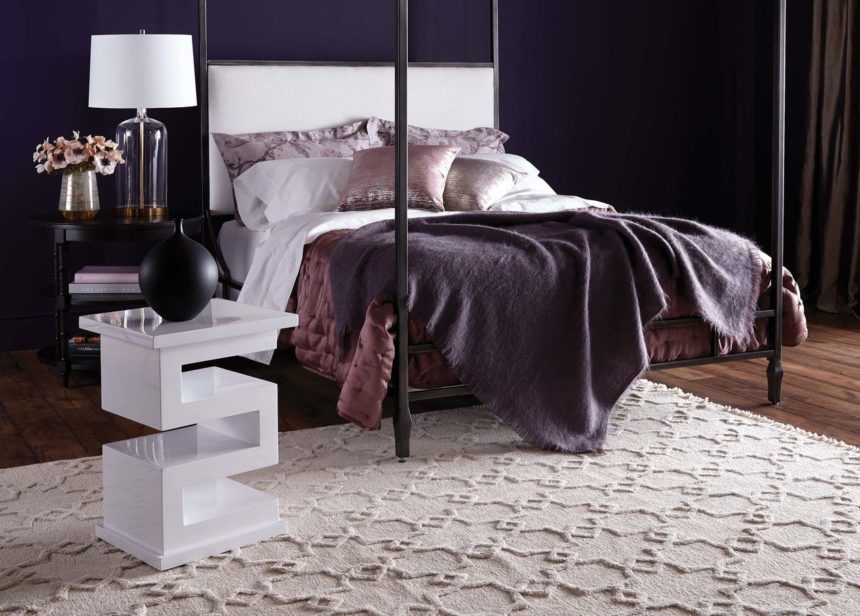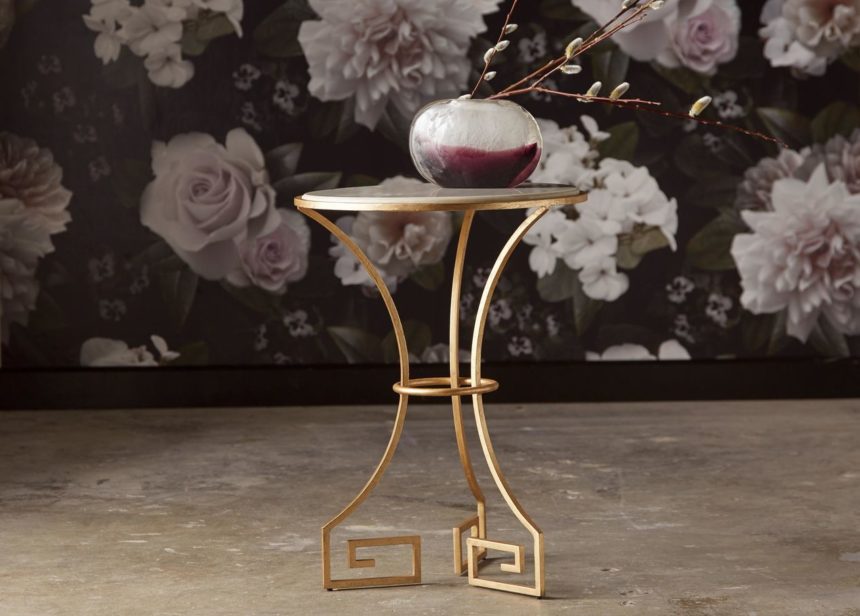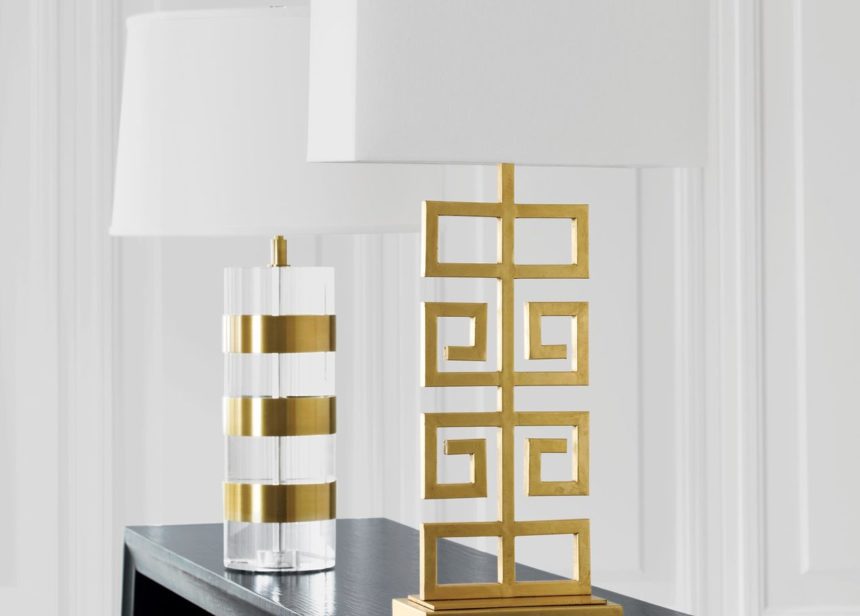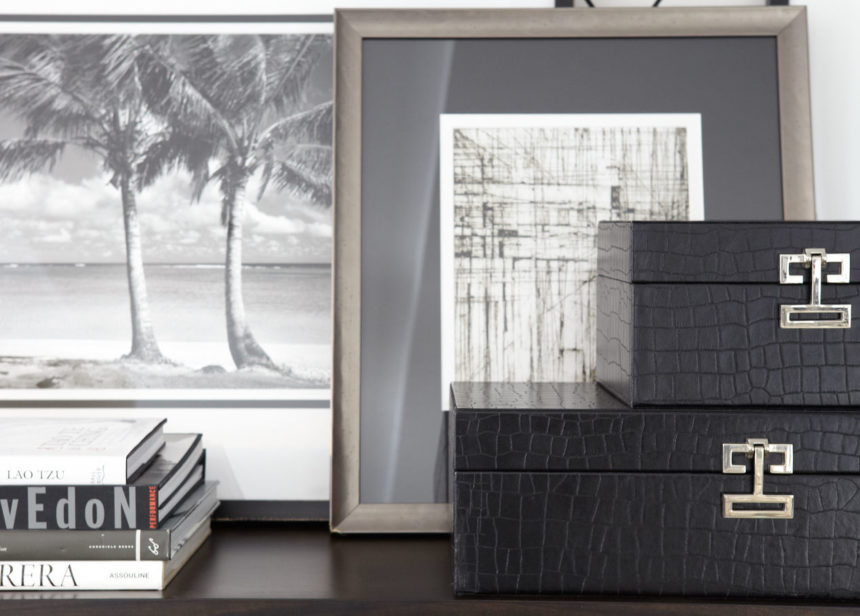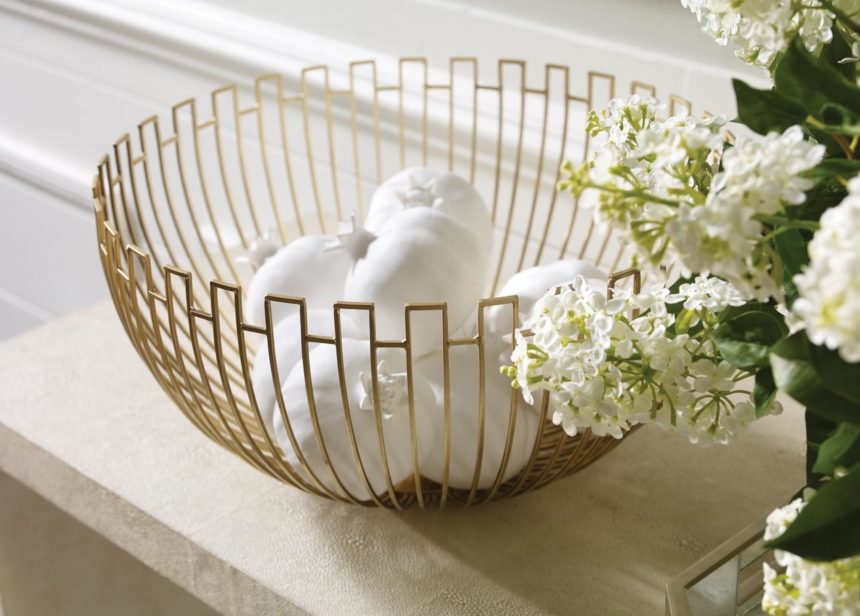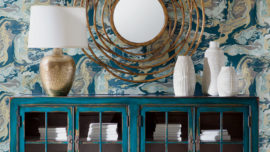See how the Greek key motif has evolved from decorative border to noteworthy detail to centerpiece—and beyond.
They say everything old is new again, and that’s surely true of the Greek key. It’s a design pattern both classic and classical* that can be traced to the fifth century B.C., the Golden Age of Greece. Curiously, versions of the Greek key have been found in the artifacts of other civilizations predating (and following) this period, but the motif has always been most closely associated with Greece.
At its most fundamental, the pattern, also known as the meander motif, is made up of a long, unbroken line that repeatedly folds back on itself. It’s said to mimic the ancient Meander River of Asia Minor, notable for its many twists and turns. (It’s the same 250-mile river known as the Menderes that flows through Turkey today.) The motif was believed to symbolize infinity, or the eternal flow of life. Among many other things, it was used as a decorative border on Greek pottery, mosaic tiles, and temples.
Fast forward to the eighteenth century, by which time the motif had made its way into the design vocabulary of most of Europe. It was an ornamental favorite during the French Empire and English Regency periods. And in the nineteenth century, archaeological digs in Greece, Rome, Egypt, and Pompeii turned up Greek key-inspired styles in furniture and art on both sides of the pond.
The Greek key figured prominently in the U.S. during the Hollywood Regency period, where it appeared on everything from chair arms and table legs to cabinet hardware, and it has remained a constant in present-day neoclassical architecture. Because of its elemental simplicity, it lends itself beautifully to contemporary uses in furnishings—from textile and rug patterns to metal bases and wood inlays. The Greek key border provides contrast on draperies, pillows, and bedding. It brings a fresh, stylish sensibility to any interior; there’s a reason why it’s stood the test of time.
Here are some key interpretations from our recent introductions.
An open base with Greek key contours lends the Delos Island side table a classic look and a light and airy feel.
The bold Greek key border on the demilune Kronos chest takes the piece from petite and practical to sublime.
What happens when the Greek key is the piece? Our Zee lacquered accent table turns the motif on its head, with contemporary flair.
Full disclosure: the Greek key nailhead detail is optional. But just how fetching is the Madie square ottoman when embellished like so?
Greek key feet and a smooth marble top combine to create the Willow Key, a little goddess of a table that can live in any room.
*Classic is used to describe something traditional, enduring, serving as a standard of excellence; while classical relates to the ancient Greek and Roman world, especially to its literature, art and architecture.
For more inside design info, subscribe to The Art of Making Home and check us out on Instagram @ethanallen.


